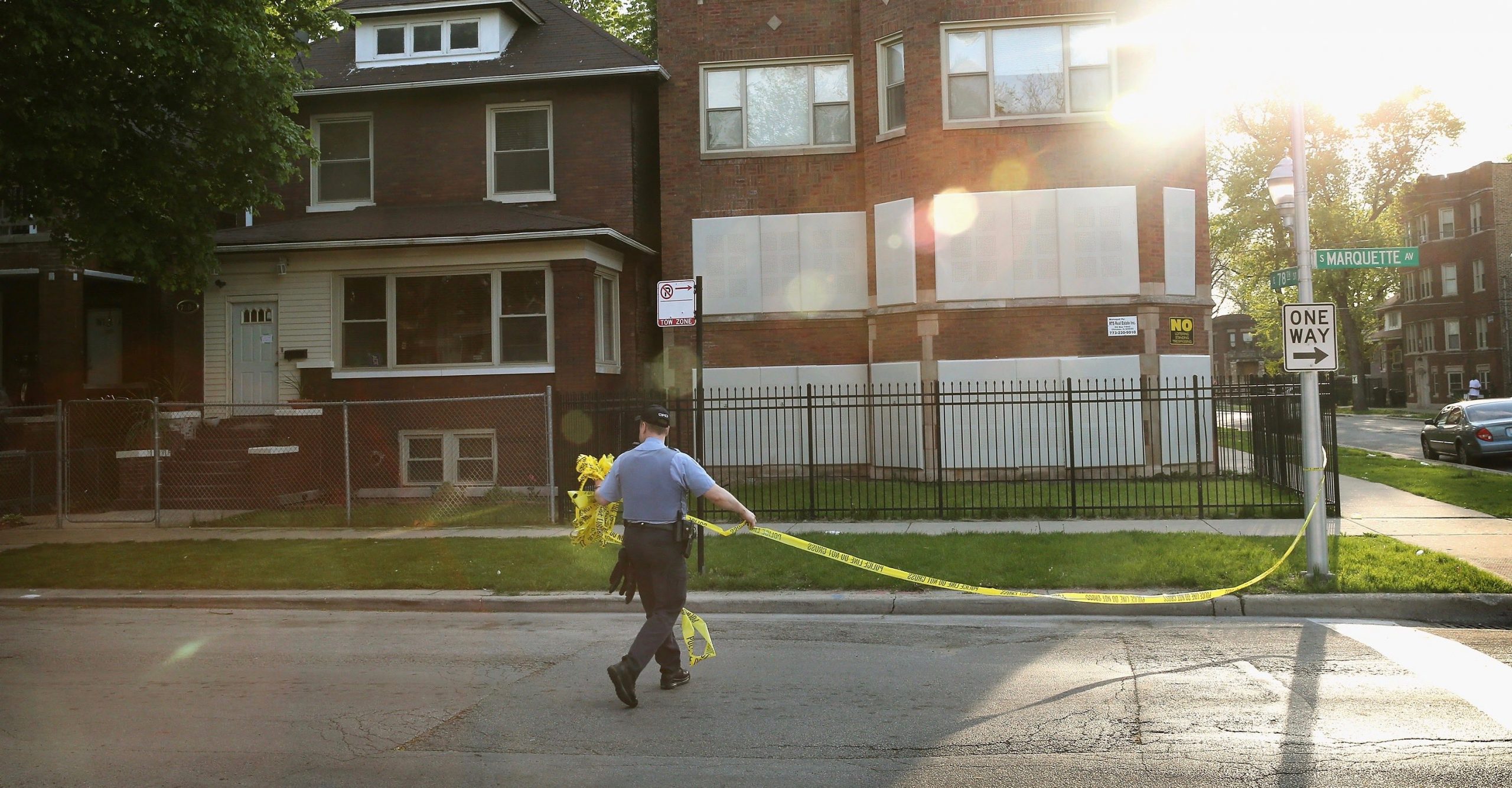It has become a familiar pattern. A mass shooting horrifies America and dominates the news cycle. It then quickly disappears from the headlines.
The shooting that claimed 17 lives at a Parkland, Florida high school in February was different. It sparked a student-led movement for tighter gun restrictions and led to a measurable change in public sentiment. This time, the news media didn’t go away.
In the three months since the shooting, news articles have mentioned gun control-related terms 2.5 times more often than after previous mass shootings, The Trace found in collaboration with Quid, a firm that specializes in text analysis.

Quid maintains a real-time database of articles from a vast array of sources, which we filtered to a pool of about 63,000 English-language publications. We then searched millions of articles for the terms “gun control,” “gun reform,” “gun safety,” and “gun violence” in order to calculate the volume of coverage around those topics for the week before and three months after Parkland, as well as the corresponding time period for the seven other deadliest mass shootings that have occurred since 2013. (Those shootings are Sutherland Springs, Las Vegas, Orlando, San Bernardino, Umpqua Community College, Charleston, and the Washington Navy Yard. Because Quid began collecting data in 2013, the Sandy Hook Elementary School shooting is not included in this analysis.)
Coverage of most mass shootings is quickly eclipsed by other news. On average, gun control-related news peaked at about two percent of all articles in the first few days after a shooting, and returned to near-baseline levels by about the two week mark.
From the outset, the Parkland shooting commanded more attention than the other attacks. Early coverage after the shooting peaked at four percent of all stories, and remained above two percent for nearly three weeks. Two high-profile events sparked by the attack — a student walkout on March 14 and the March for Our Lives on March 24 — attracted a large volume of media attention, pushing the coverage rate above the initial peak. On the day of the march, nearly nine percent of all articles mentioned gun control-related topics.
Among the other shootings, only one event caused coverage to exceed the initial peak in the following weeks: the Obama administration’s announcement of executive actions on guns about one month after the San Bernardino shooting. That spike was four percent.
Keywords associated with gun rights also track closely with mass shooting incidents. “Gun rights,” “NRA,” and “Second Amendment” make up a smaller share of coverage, but tend to follow similar contours to the gun control terms.

The charts for each shooting reveal disparities in the volume of coverage that each event received. The Las Vegas shooting, which remains the deadliest mass shooting in modern U.S. history, failed to capture even three percent of news coverage at its peak. Sutherland Springs, just five weeks later, registered as a small blip. Only the San Bernardino shooting and the Pulse nightclub shooting in Orlando sparked sustained media attention around the topic of gun control — though both significantly less than Parkland.
All told, we searched for seven separate keywords, grouped into two categories, which are shown in the table below. The numbers reflect a term’s frequency in the three months after the Parkland shooting.
| Term | Article count | Share of articles containing term | |
|---|---|---|---|
| All gun control terms | 380,490 | 1.63% | |
| Gun control | 241,985 | 1.04% | |
| All gun rights terms | 219,305 | 0.94% | |
| Gun violence | 214,993 | 0.92% | |
| NRA | 144,887 | 0.62% | |
| Second amendment | 93,698 | 0.40% | |
| Gun rights | 59,422 | 0.26% | |
| Gun safety | 49,657 | 0.21% | |
| Gun reform | 24,087 | 0.10% |
Source: Quid
In both volume and duration, news coverage of gun control in the aftermath of the Parkland shooting has exceeded that of past shootings. But the data suggests that the media may be moving on. In the past week, the frequency of gun control terms has been just 10 percent greater than in the same period after past events – the smallest ratio since the day of the shooting.

